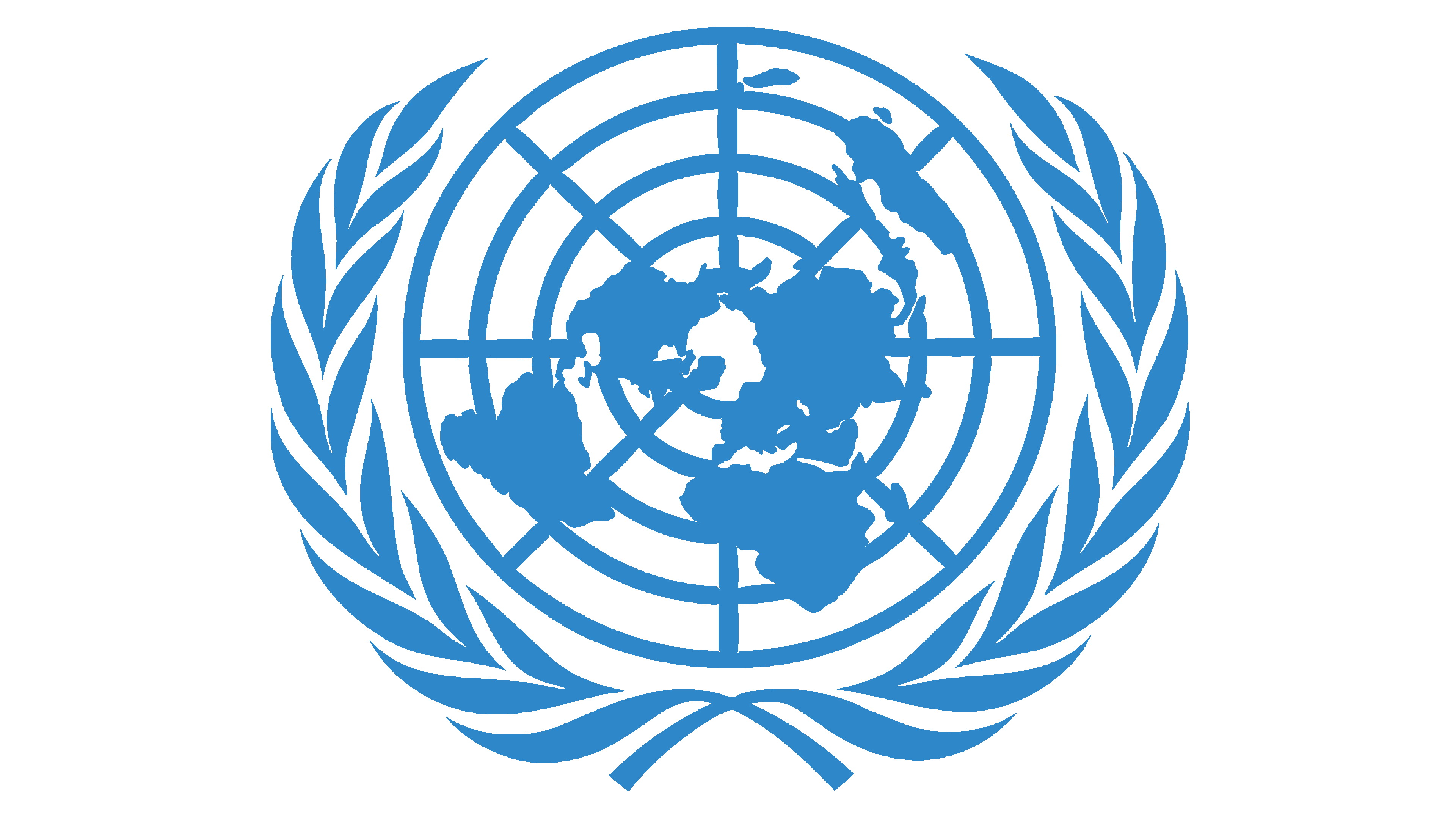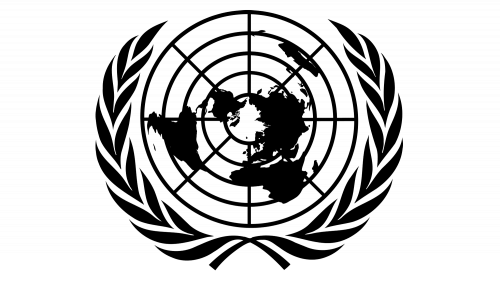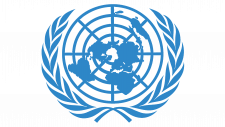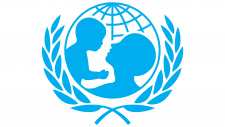United Nations Logo
United Nations is a global organization first created in 1945 as a peacekeeping measure in the world where war has become critically costly and destructive. Over time, they’ve also become the highest instance for regulating and defending human rights all over the world, to the best of their capabilities.
Meaning and History
United Nations grew from a growing collection of Allied Nations near the end of the WW2. The one common idea among the various members was the desire to keep the peace throughout the world and instead mitigate conflicts on a diplomatic arena and not on the battlefield.
1945 – 1946
In 1945 the UN Charter has been signed and approved by all the Allied Nations – and that included virtually all the independent countries back then.
Before UN started operating in full, this was the official emblem. It’s the same as the one they use today – a globe centered on the North Pole to favor no one projection, and hence no one part of the world particularly. The globe was basically modeled by the six longitudes and three latitudes – the lines that chart the maps.
Around it was a laurel wreath, a symbol dating back to the Ancient Rome, where it meant peace and victory.
All the elements were drawn in lines, so it was just black-and-white initially.
1946 – today
In 1946, all the lines have been thickened and painted light blue. In addition, the elements that were hollow were now filled with the same blue color (including the continents and the laurel leaves).
All the elements generally became more pronounced and fleshed out. The only structural different was the positions of the continents. The previous attempt didn’t account for the Earth curvature all that well. This one does the job better.
Emblem and Symbol
There are many additional emblem employed by the UN, but perhaps the most well-known one is the Security Council symbol. It’s the same design, but painted gold instead of blue. In addition, the position of the continents rotated so Eurasia was now on the right and not on the top.














